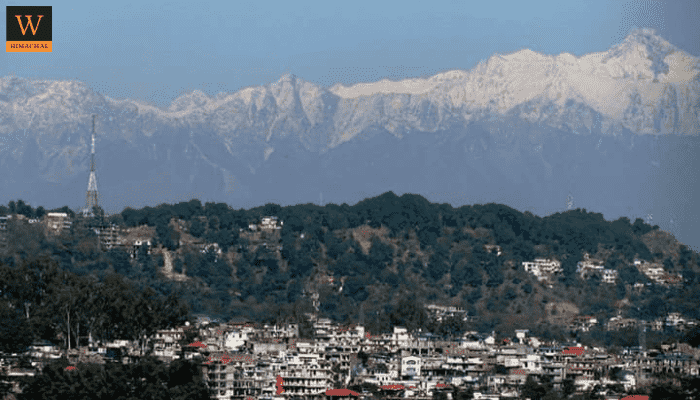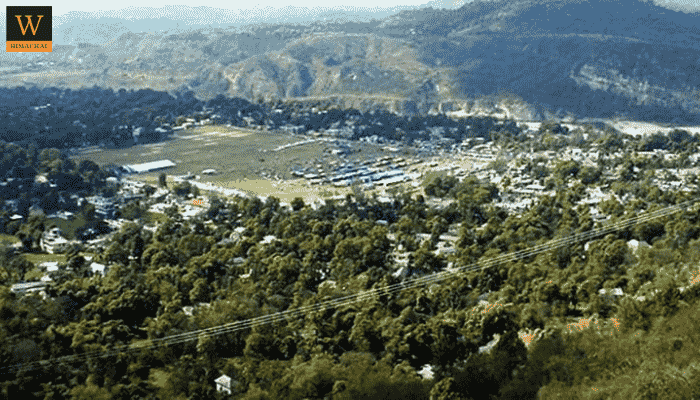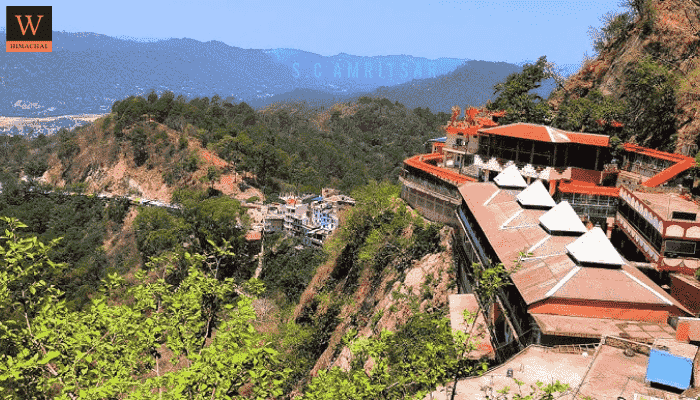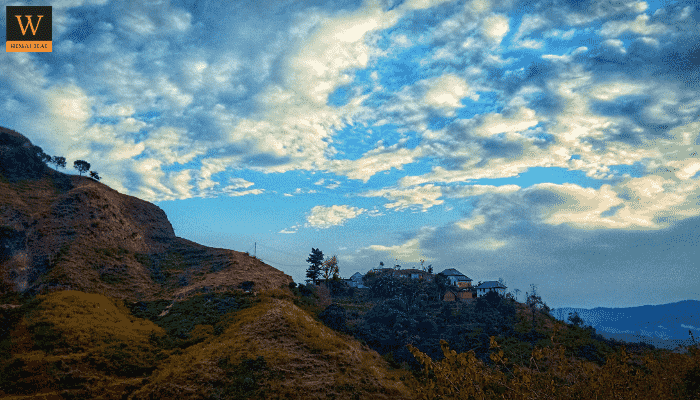Hamirpur stands as a testament to the state’s rich cultural heritage, breathtaking landscapes, and vibrant community life. Situated in the lower Himalayan ranges, this district captivates visitors with its serene beauty and historical significance. From ancient temples steeped in mythology to modern educational institutions fostering academic excellence, it offers a tapestry of experiences that appeal to both tourists and scholars alike. In this blog post, we are going to learn something about Hamirpur, such as its history, tourism, culture, and education system.
About Hamirpur
To truly appreciate this place, one must delve into its storied past. Historically, the region was part of the ancient Katoch dynasty’s territories, which ruled over parts of present-day Himachal Pradesh. The town derives its name from Raja Hamir Chand, a legendary ruler renowned for his valour and administrative acumen. This historical legacy is reflected in the region’s architectural marvels, such as the centuries-old temples that dot its landscape. Each temple, from the Narvadeshwar Temple dedicated to Lord Shiva to the Bhootnath Temple, revered for its spiritual significance, offers glimpses into the spiritual and cultural ethos that has shaped this place over millennia.
Key Highlights: Hamirpur, HP
| State | Himachal Pradesh |
| Established | 1972 |
| Altitude | 786 metres |
| Avg. Temperature | 17°C |
| No. of Villages | 359 |
| No. of Tourist Destinations | 10 |
Tourism
One must delve into its storied past. Historically, the region was part of the ancient Katoch dynasty’s territories, which ruled over parts of present-day Himachal Pradesh. The town derives its name from Raja Hamir Chand, a legendary ruler renowned for his valour and administrative acumen. This historical legacy is reflected in the region’s architectural marvels, such as the centuries-old temples that dot its landscape. The district’s rugged terrain and hilly landscapes are perfect for adventure sports such as paragliding, rock climbing, and mountain biking.
List of Popular Places
- Narvadeshwar Temple
- Bhootnath Temple
- Nadaun
- Jahu
- Sujanpur Tihra
- Deotsidh Temple
- Awah Devi Temple
- Sera Lake
- Baba Rudranand Ashram
Culture and Language
The culture is a rich amalgamation of traditions, customs, and languages that have evolved over centuries. The local populace takes immense pride in their cultural heritage, which is reflected in their festivals, folk music, and dance forms. Traditional Himachali attire, cuisine, and rituals are an integral part of the cultural fabric of Hamirpur.
Language plays a crucial role in the cultural identity of the region. Pahari, the local dialect, is widely spoken and adds to the charm of the district. The linguistic diversity also includes Hindi and Punjabi, reflecting the harmonious coexistence of different communities.
Education
Hamirpur is not just a haven for nature and culture; it is also an emerging educational hub. The district is home to several prestigious educational institutions that attract students from all over the country. The National Institute of Technology (NIT) is a notable institution that has contributed significantly to the field of engineering and technology. Additionally, various schools and colleges in the district provide quality education, making it a centre of academic excellence.
Lists of Popular Schools and Colleges
- DAV Public School
- St. Paul’s Senior Secondary School
- Mount Carmel Schoo
- National Institute of Technology (NIT), Hamirpur
- Netaji Subhash Chandra Bose Memorial Government College
- Atal Bihari Vajpayee Government Institute of Engineering and Technology, Pragatinagar
The emphasis on education is evident in the high literacy rate of the district, which stands as a testament to the value placed on learning and knowledge. The presence of these institutions not only boosts the educational landscape of the region but also contributes to its socio-economic development.
The Himalayan district, with its rich history, diverse culture, natural beauty, and academic prowess, deserves greater recognition. It offers a unique blend of the old and the new, the traditional and the modern, making it a fascinating destination for travellers, history buffs, nature lovers, and students alike. As you delve deeper into the enchanting world of Hamirpur through this blog post, you will get to know about the history, tourism, culture, language, and education that make this district a hidden gem in the crown of Himachal Pradesh. Whether you seek adventure, serenity, cultural enrichment, or academic excellence, this place has something to offer for everyone.
How can I reach Hamirpur?
Hamirpur is well-connected by road. The nearest railway station is in Una, about 80 kilometres away, and the nearest airport is in Dharamshala, about 120 kilometres away. Regular bus services and taxis are available from major cities like Shimla, Chandigarh, and Delhi.
What are the major tourist attractions in Hamirpur?
Major tourist attractions in Hamirpur include the Narvadeshwar Temple, Sujanpur Tira, Deotsidh Temple, and the scenic landscapes of Awah Devi and Bhota.
What is the best time to visit Hamirpur?
The best time to visit the place is during the spring (March to April) and autumn (September to November) seasons when the weather is pleasant and suitable for outdoor activities.
Are there any local markets or shopping areas in Hamirpur?
Yes, it has several local markets and shopping areas where visitors can buy local handicrafts, traditional Himachali attire, and other souvenirs. The main market areas include the main bazaar and Gandhi Chowk.
What are some popular trekking routes in Hamirpur?
Popular trekking routes here, include treks to Bhota, Jangal Beri, and Nadaun. These routes offer beautiful views of the surrounding hills and valleys.
Photos – Hamirpur, Himachal Pradesh





